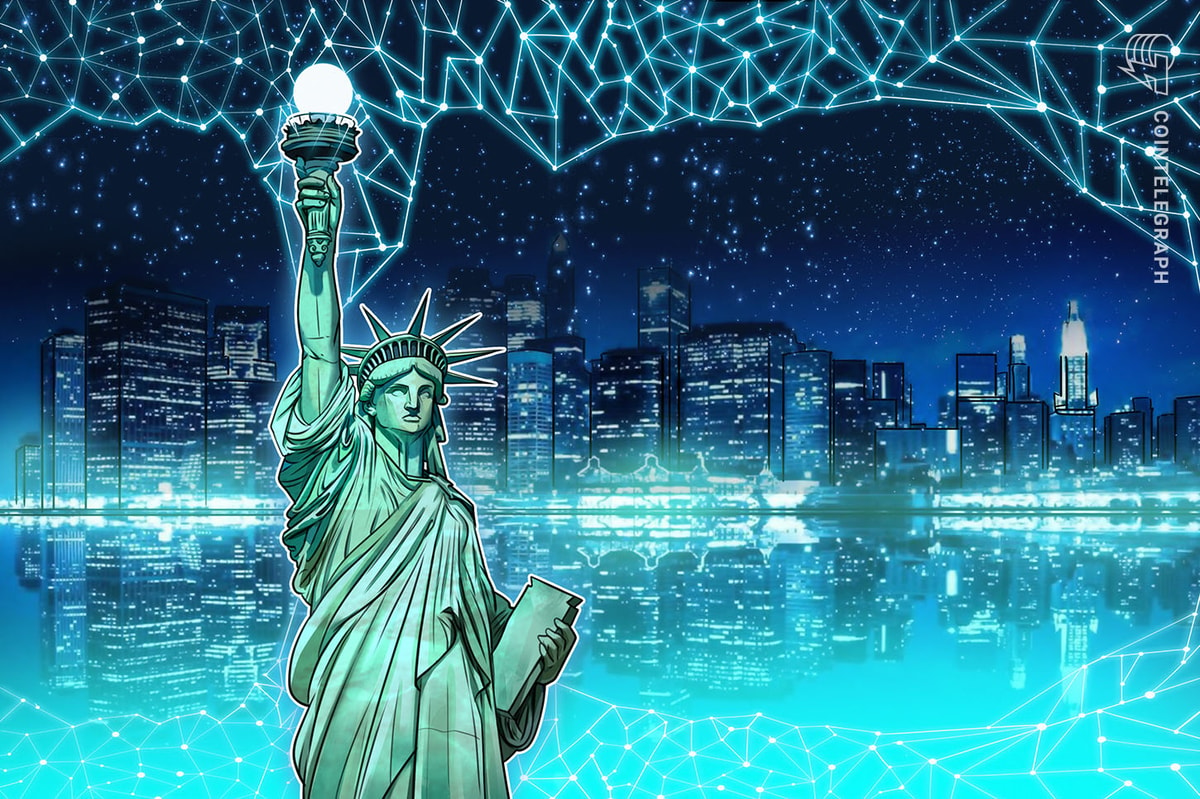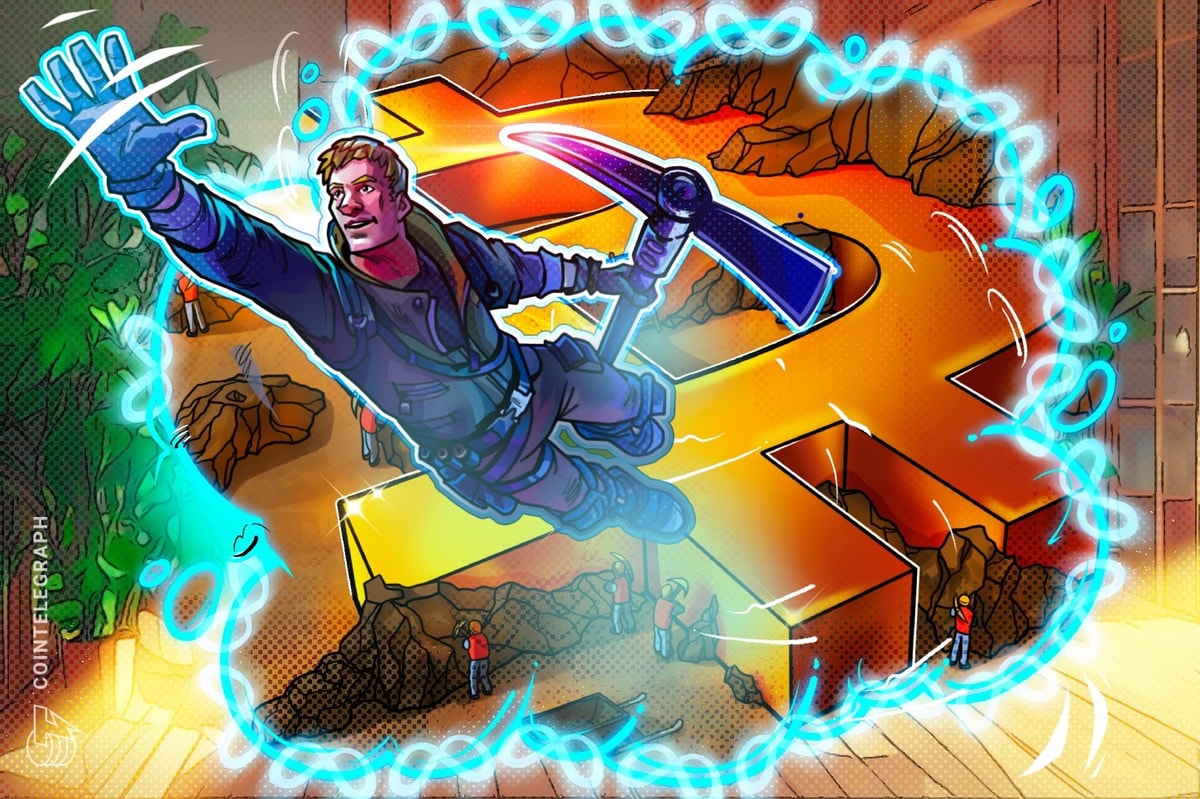Estimates have it that half of the world's adult population of about 2.5 bln people have no access to banking.
Cointelegraph spoke with Alex Fork, CEO and founder at Humaniq, a Blockchain startup that aims at connecting the unbanked to the global economy with just a smartphone. Fork explained to us how they use Blockchain to help the unbanked.
Symbols instead of text
Cointelegraph: The fact is, most unbanked people are illiterate. What is the unique aspect of your services that will make it usable to the uneducated?
Alex Fork: This is a challenge we identified right away, and our solution is to design a GUI that’s heavily based on easily understood symbols rather than relying on text. Everyone understands arrows and dollar signs, and even people who are functionally illiterate understand numbers. Look at the iOS or Android device you use, and almost all of the navigation is done by clicking on symbols and pressing buttons within the interface of the app. Our challenge is to make it, test it, gather feedback and iterate until we have an intuitive app that can be used by an illiterate person with no outside assistance.
Giving away tokens
CT: Could you share the business model of Humaniq?
AF: I think that Humaniq is not just a business project, but an infrastructure project. When such projects are created, the main goal is to build a large network of users and a platform for them to communicate and interact on, and one that businesses can use to provide services to those users. Similar to the app store, the platform is looking to gather a critical mass of users, at which point the audience itself becomes extremely valuable and attractive to businesses.
This is the monetization plan, to create a valuable platform for users that can then be serviced by third-party app services that pay a commission to operate there.
How are we planning to gather those users? We’re incentivizing their participation by rewarding them with tokens for performing various activities, such as completing registration, inviting a friend, etc. Gather enough tokens and you can exchange them with a virtual cashier for real local currency. With this currency, they can begin making purchases and generating real economic activity.
When we look at the humanitarian applications, we also find that there’s a high demand for being able to circumvent local bureaucracies and high overhead charities so that donations can go directly to responsible local parties who are in need. Towards this goal, we’re working with several former politicians and U.N. agency employees who have a great deal of experience dealing with the logistical frustrations of trying to deliver international assistance.
We’re confident that we can help connect donors and NGOs to the people who need help without losing 80 percent along the way, which is fairly common financial leakage when so many charities spend enormous sums on marketing and overhead.
Launching a pilot
CT: With more than two bln people without bank accounts globally, don't you think yours is an insurmountable task?
When you face a task like this, you can’t look at the peak of the mountain, you have to look at the whole mountain and envision your path up it. Then you break your goals down further and plan out how you’re going to negotiate each section of the climb.
AF: What our milestones are, what kind of support is required, how much time will we need for each section, etc. When you do this, climbing any mountain is possible. We understand the steps we need to take, and it starts with convincing investors that our plan is achievable and our product is viable. Once we get funding, we move beyond the prototype and dive into developing the interface and backend for our service.
We’ve got a partner lined up in South Africa who will help us launch a pilot program there so we can do a proof of concept test once we get to that stage. We know it’s not just about having a great dev team, we are also building out a network of local advocates, because the best way to get someone to use a new service is to show them how useful it is.
We’ve got enough marketing experience on our team to know that this product demands a non-conventional approach, and we’re very realistic about what is needed to reach our intended audience. We’re organizing a series of international hackathons to accelerate the development of apps and services that will plug into the network of users we’re building.
Expanding the base
CT: Looking at how poor Internet infrastructure are in the developing world like Africa, how are your services going to be of use in such places?
AF: Mobile Internet penetration is already enough to start the service. There are quite a few parts of Africa that don’t have clean drinking water but have cellular service. The demand for communications access within the wider world is quite high in these unbanked regions, and telecoms are providing solutions. There are already quite a few people with smartphones in these areas and with the introduction of extremely cheap Android phones by Chinese manufacturers, the customer base who can afford one is expanding quickly.
Milestones
CT: What do you hope to achieve with Humaniq in the next decade?
AF: Hopefully they’ll have made a movie about our scrappy beginnings and subsequent meteoric rise to success. We’d really love to have Trent Reznor do the score for the film. But seriously, this is a very difficult question to answer because we don’t know what the Internet and global economy will look like in ten years. Ideally, our analysis is correct and we’ll make our own market where there’s currently a wall blocking so many people out of the global economy.
Right now we’re focused on our goals for our three-month plan, six-month plan, etc. The important thing with this kind of project is to divide it up into manageable chunks with milestones, while at the same time not losing track of the end goal, which is to create a successful business that brings value to our users, partners and stakeholders.











